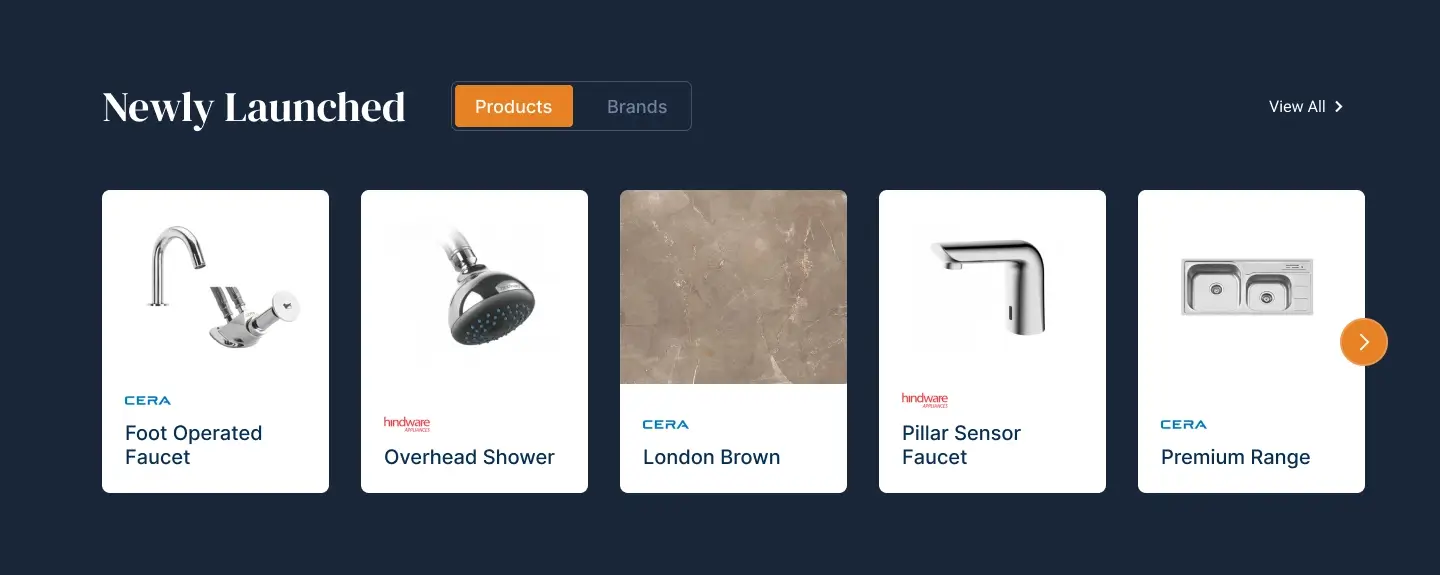
Table of Contents
Wastewater management is a crucial aspect of maintaining hygiene and environmental sustainability in both rural and urban areas. In well-developed cities, municipal sewerage networks efficiently collect and treat wastewater. However, in areas where such infrastructure is absent, alternative methods must be employed to safely dispose of wastewater generated from households and commercial buildings.
Normally, in well-planned cities, the municipal infrastructure will have a centralised sewerage network where you can connect the wastewater to the municipal sewerage system. Hence, if it is present, there is nothing to worry about.
A septic tank and soak pit system is one of the most commonly used solutions for managing domestic wastewater in such areas. These systems help treat wastewater before safely discharging it into the soil, reducing the risk of contamination and health hazards.
This article provides an in-depth understanding of septic tanks and soak pits, their functions, design considerations, advantages, maintenance requirements, and best practices.
Understanding Wastewater and Its Management
Before diving into the specifics of septic tanks and soak pits, it is essential to understand the nature of wastewater and why proper treatment is necessary.
What is Wastewater?

Wastewater refers to the used water from households, commercial establishments, and industries that contains organic and inorganic waste, including human waste, soap residues, grease, food scraps, and chemicals.
It is broadly classified into:
- Blackwater: Water from toilets containing faeces, urine, and harmful pathogens.
- Greywater: Water from kitchens, bathrooms, and laundry, which contains soap, grease, and food particles but fewer pathogens.
If not managed correctly, wastewater can cause serious environmental and health issues, including groundwater contamination, foul odours, and the spread of waterborne diseases.
What is a Septic Tank?

A septic tank is an underground, watertight chamber used to treat and store domestic sewage in areas without centralised sewerage systems. It provides primary treatment by allowing solids to settle while bacteria decompose organic matter.
How Does a Septic Tank Work?

- Collection: Wastewater from toilets and other domestic sources enters the septic tank through an inlet pipe.
- Separation: Heavier solids settle at the bottom to form sludge, while lighter materials, such as grease and oil, float on the surface as scum.
- Anaerobic Digestion: Bacteria break down the organic matter in the sludge, reducing its volume and producing gases like methane, carbon dioxide, and hydrogen sulfide.
- Effluent Discharge: The partially treated liquid, known as effluent, exits through an outlet pipe and is directed to a soak pit or a drainage field for further treatment.
Design Considerations for a Septic Tank
To ensure efficiency and longevity, the following factors must be considered while designing a septic tank:
- Capacity: The tank should be large enough to accommodate wastewater from all household members. A typical household septic tank has a capacity of 1,000 to 3,000 litres.
- Material: Septic tanks are commonly made from reinforced concrete, fibreglass, or plastic, each offering different benefits in terms of durability and maintenance.
- Compartmentalisation: Modern septic tanks often have two or three compartments to enhance treatment efficiency.
- Ventilation: Proper ventilation is essential to release gases produced during anaerobic digestion and prevent the buildup of toxic fumes.
Also Read: 8 Septic Tank Maintenance Tasks to Do Regularly
What is a Soak Pit?

A soak pit, also known as a soak away or leach pit, is a simple underground structure designed to disperse wastewater from the septic tank into the soil. It allows effluent to gradually percolate into the ground, where it undergoes natural filtration.
How Does a Soak Pit Work?
- The effluent from the septic tank enters the soak pit through an inlet pipe.
- The pit, filled with porous materials like gravel, crushed stones, or bricks, facilitates water percolation into the surrounding soil.
- The soil naturally filters and purifies the wastewater, removing contaminants before it reaches the groundwater.
Design Considerations for a Soak Pit
- Size and Depth: The pit should be at least 1-metre-deep and wide enough to handle the expected wastewater volume.
- Location: It should be placed at least 18 metres away from drinking water sources to prevent contamination.
- Lining Material: The pit can be lined with bricks, concrete blocks, or stones with dry joints to enhance drainage.
- Soil Permeability: The effectiveness of a soak pit depends on soil permeability. Sandy and loamy soils allow better absorption than clayey soils.
Advantages of Septic Tanks and Soak Pits

Septic tanks and soak pits offer several benefits, making them an effective wastewater management solution in areas without municipal sewage systems.
1. Cost-Effective Solution
Septic systems are relatively inexpensive to install and maintain compared to centralised sewerage networks.
2. Environmentally Friendly
Properly designed and maintained septic tanks and soak pits prevent pollution by treating wastewater before releasing it into the environment.
3. Low Energy Consumption
Unlike wastewater treatment plants that require electricity for operation, septic tanks function through natural processes, making them energy-efficient.
4. Independence from Municipal Infrastructure
These systems provide an autonomous solution for managing household wastewater in remote and rural areas where sewer networks are unavailable.
Common Problems and Maintenance Tips
To ensure longevity and efficiency, septic tanks and soak pits require regular maintenance.
1. Septic Tank Maintenance
- Pump the Tank Regularly: Over time, sludge accumulates at the bottom, reducing efficiency. Pumping every 3-5 years is recommended.
- Avoid Flushing Non-Biodegradable Items: Items like plastics, sanitary products, and grease can clog the system.
- Monitor Drainage Performance: Slow drainage and foul odours may indicate a clogged or full tank.
Also Read: 8 Septic Tank Maintenance Tasks to Do Regularly
2. Soak Pit Maintenance
- Prevent Clogging: Excess solids in the effluent can clog the soak pit. Regular septic tank maintenance helps prevent this issue.
- Ensure Proper Percolation: If the soil becomes waterlogged, the soak pit may fail. In such cases, relocation or redesign may be necessary.
- Avoid Heavy Loads on the Pit: Do not build structures or park vehicles over a soak pit to prevent collapse.
Conclusion
Septic tanks and soak pits play a vital role in wastewater management, especially in areas without municipal sewerage systems. They provide an efficient and cost-effective way to treat and dispose of domestic wastewater while reducing environmental and health risks.
Proper design, installation, and maintenance are essential to ensure their effectiveness and longevity. By following best practices, homeowners can ensure a sustainable and hygienic wastewater treatment system.
Frequently Asked Questions (FAQs)
1. How often should a septic tank be emptied?
Septic tanks should be pumped every 3 to 5 years, depending on usage, tank size, and sludge accumulation.
2. Can a soak pit design handle kitchen and bathroom wastewater?
Yes, greywater from kitchens and bathrooms can be directed to a soak pit, but care should be taken to avoid clogging from grease and soap residues.
3. What are the signs of a failing septic system?
Signs include slow drainage, sewage backups, foul odours, and unusually green or wet patches of grass around the tank area.
4. Can a septic system contaminate groundwater?
If not properly designed or maintained, a septic system installation can contaminate groundwater, especially if the soak pit is too close to drinking water sources.
5. What should not be disposed of in a septic tank?
Avoid disposing of chemicals, grease, non-biodegradable items, and excessive food waste, as they can disrupt bacterial activity and cause blockages.
Also Read:






























